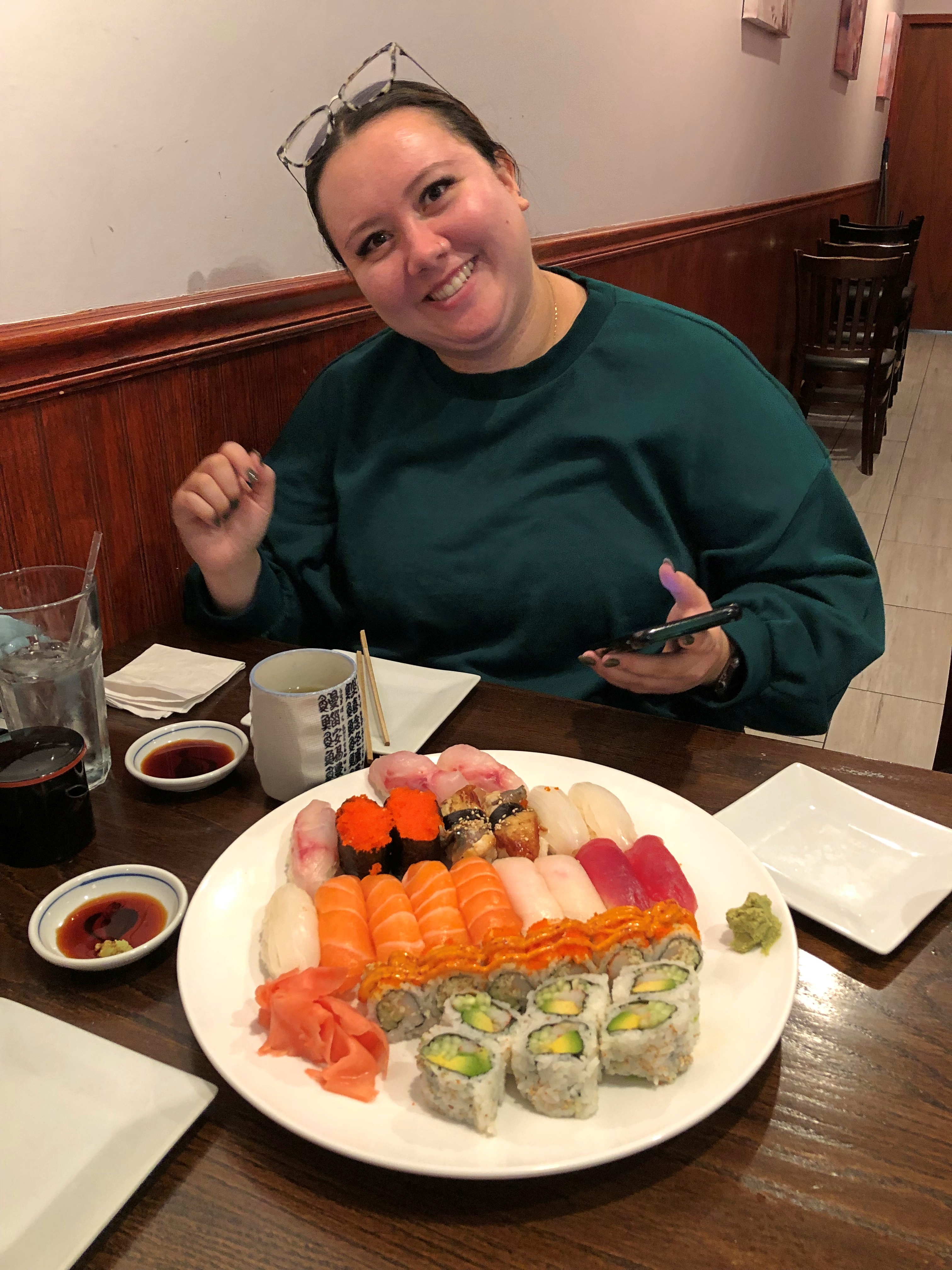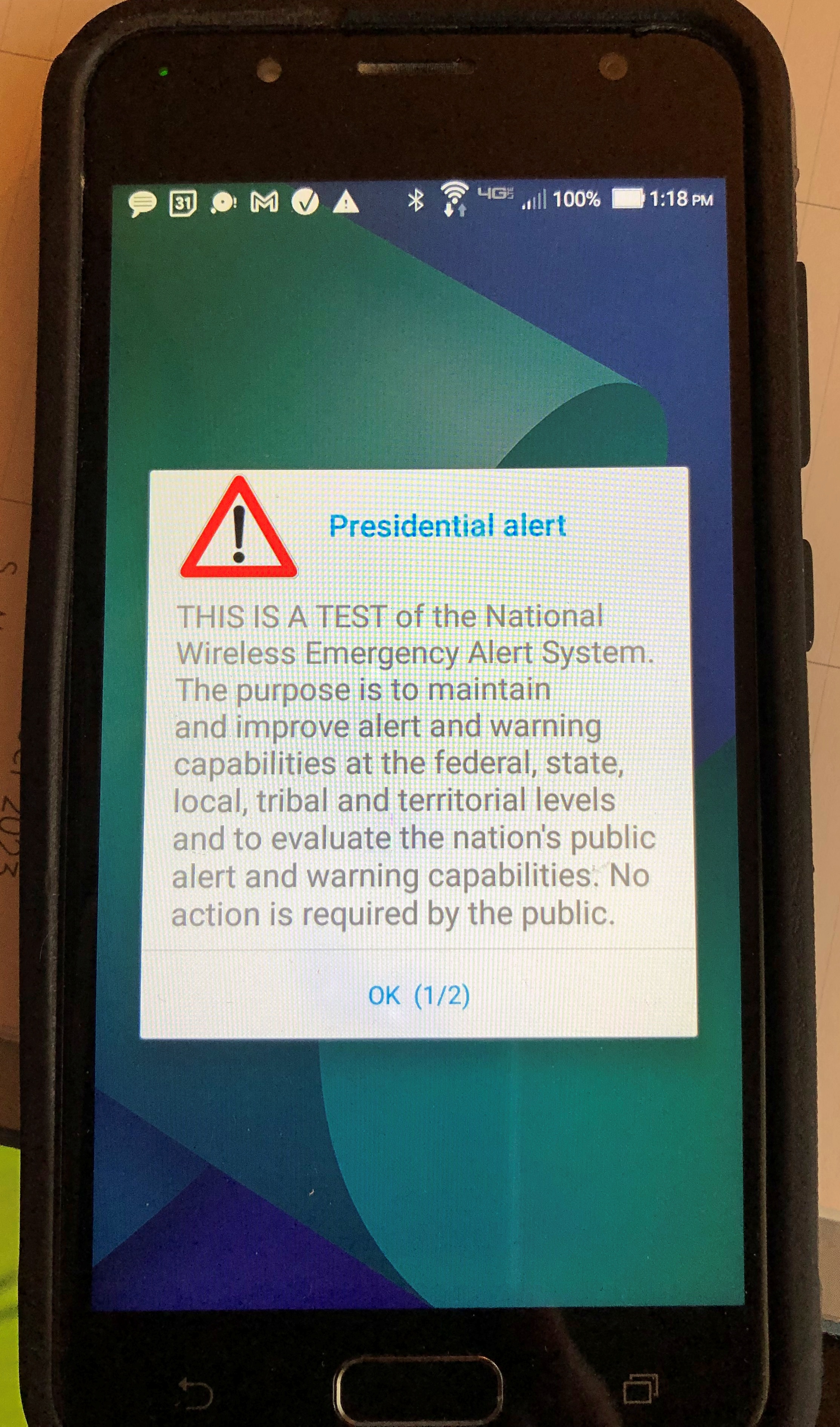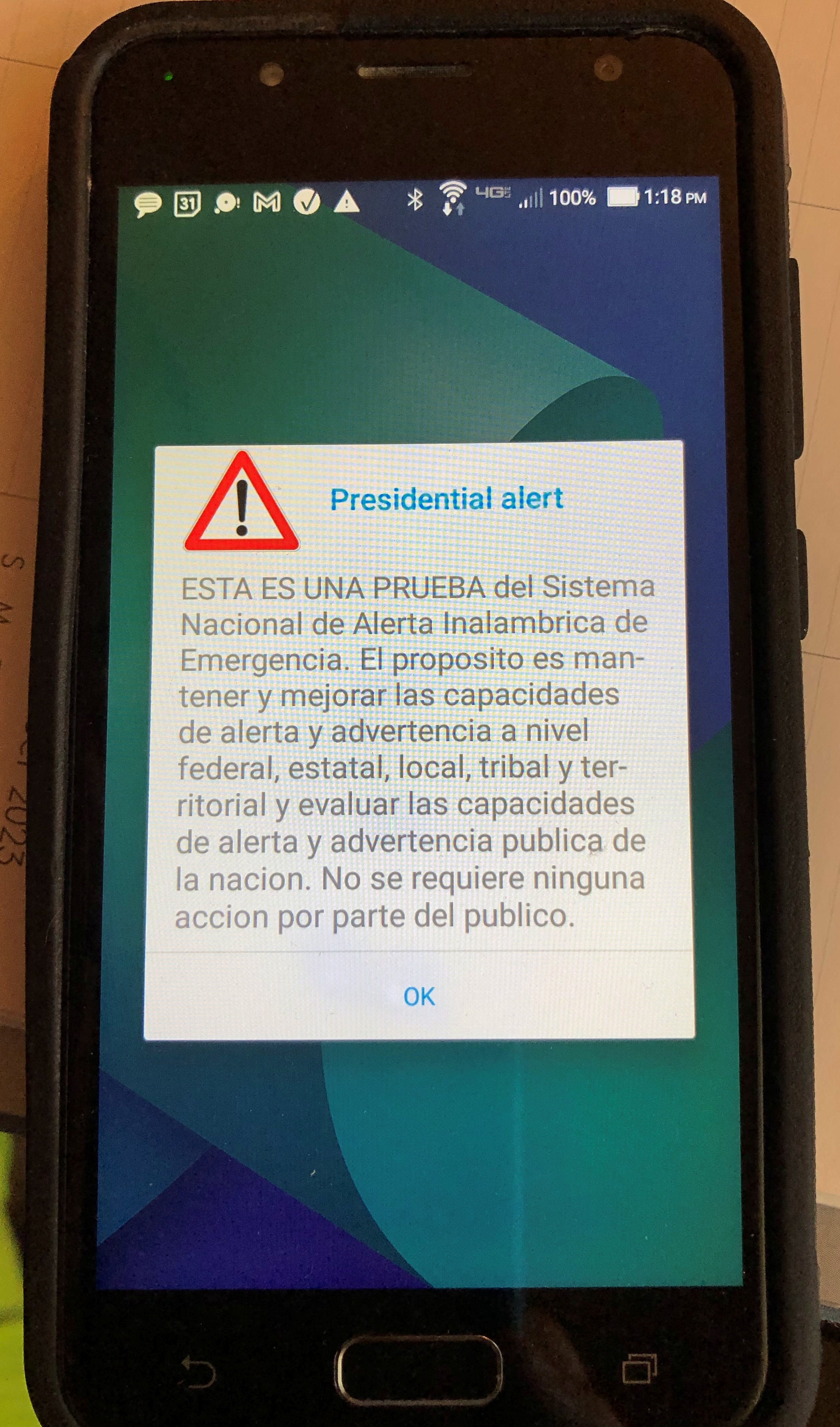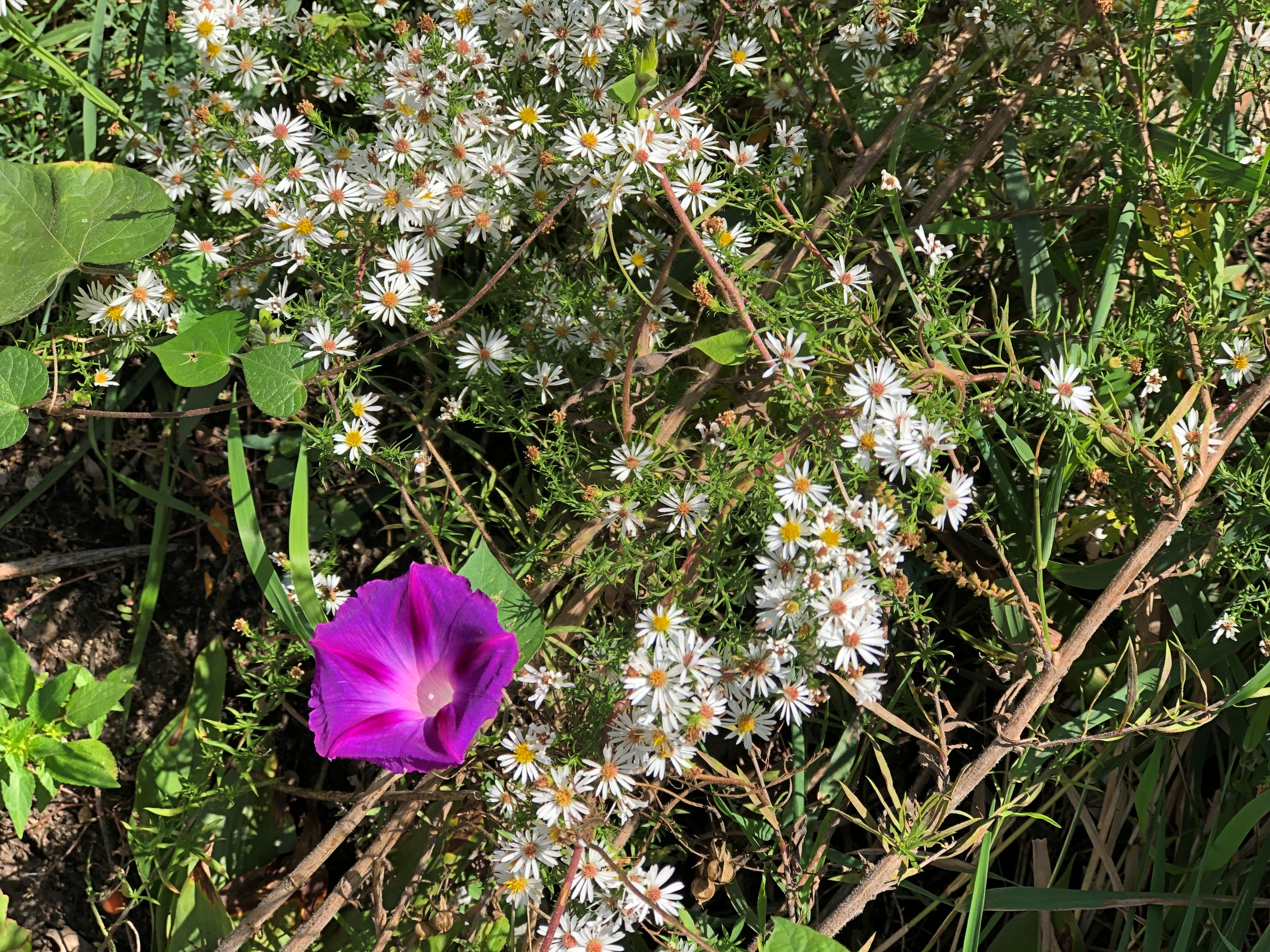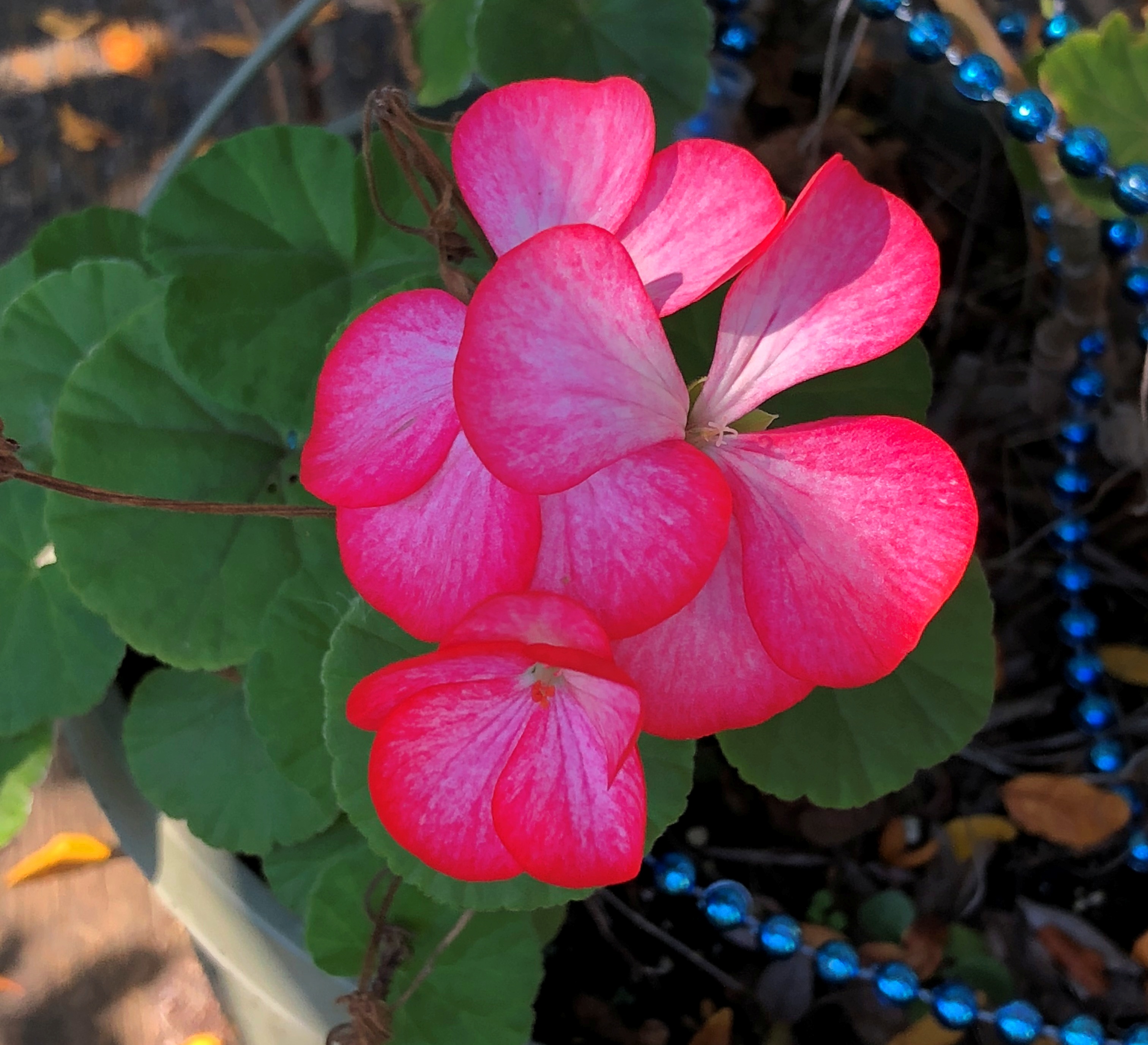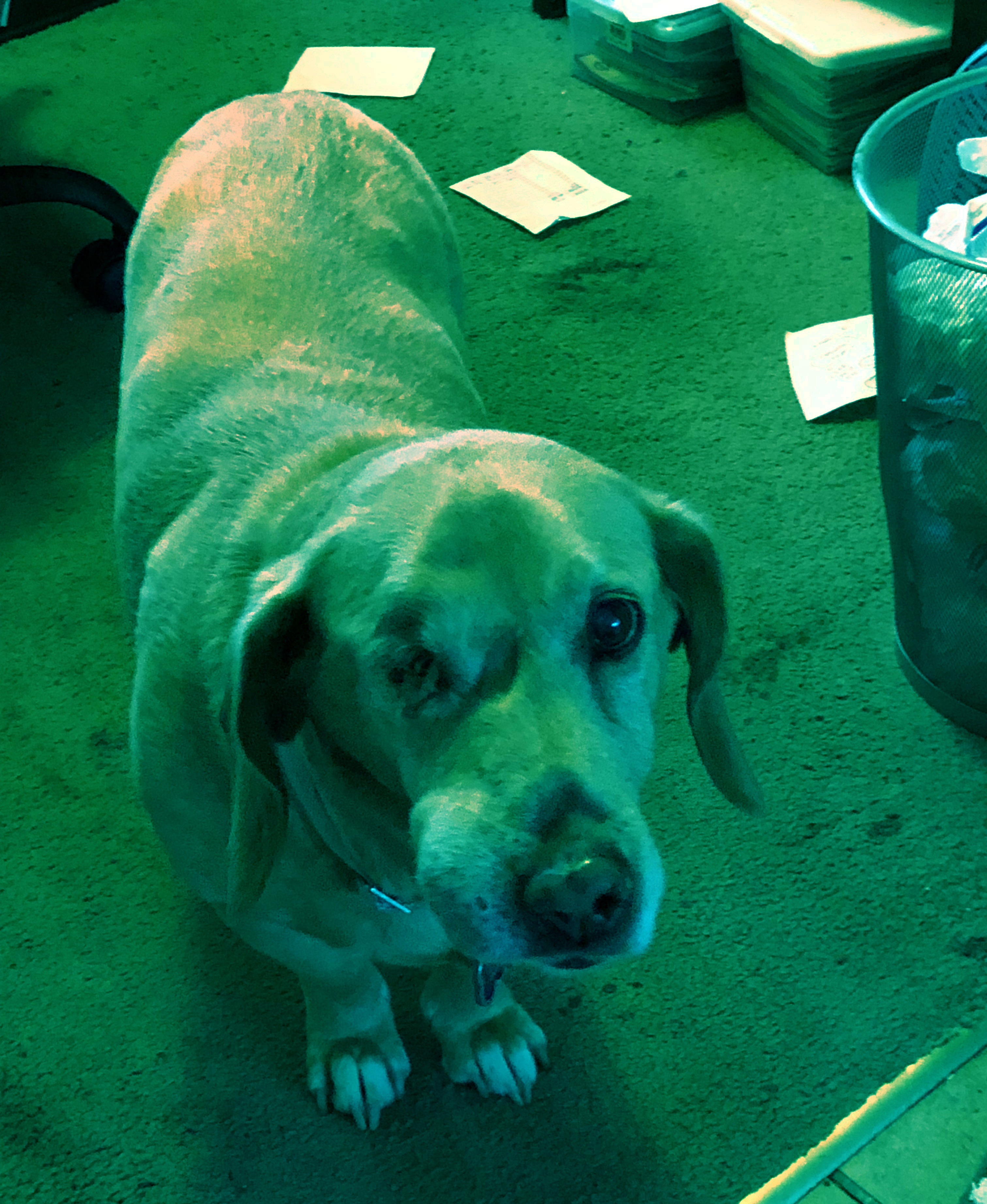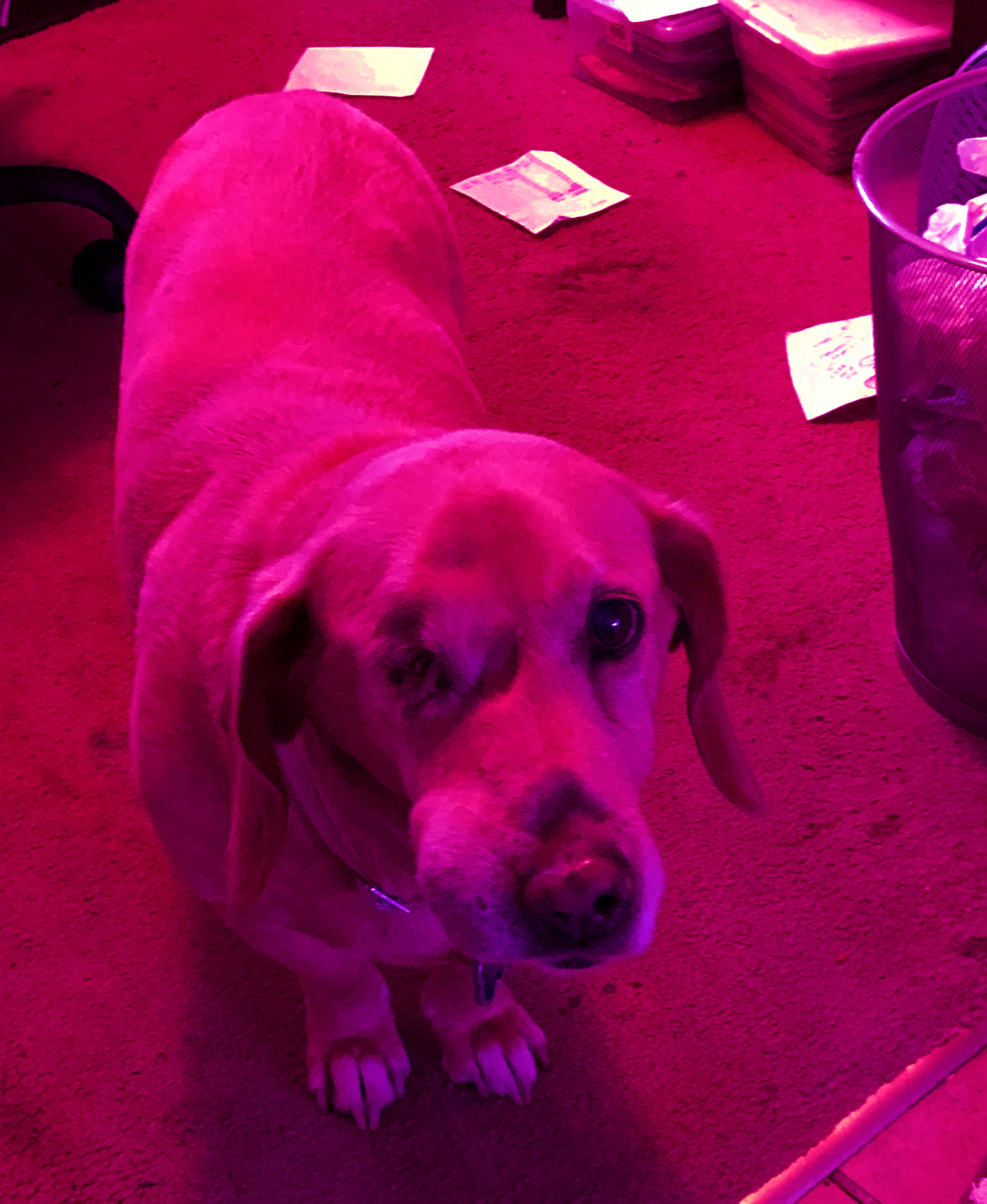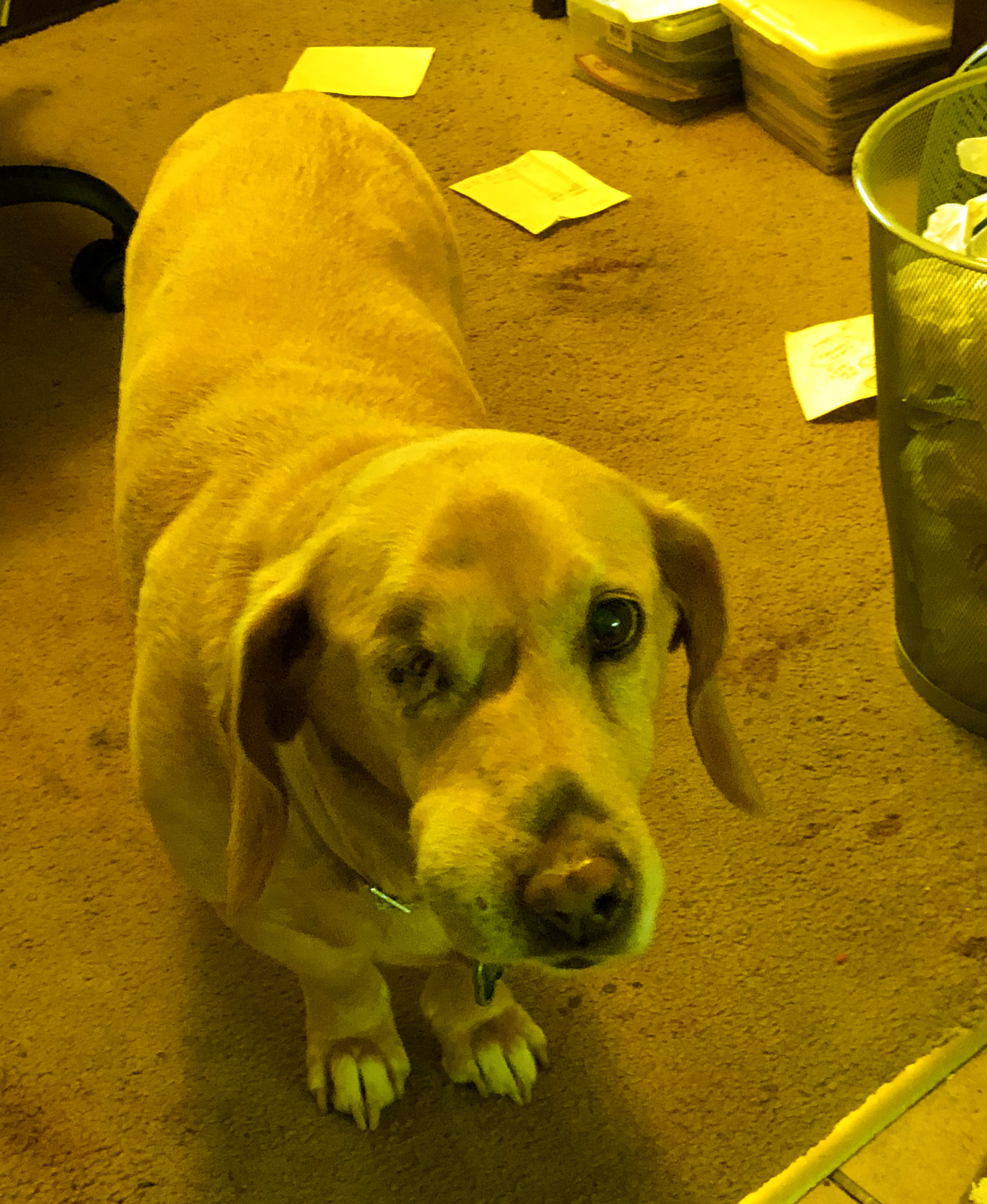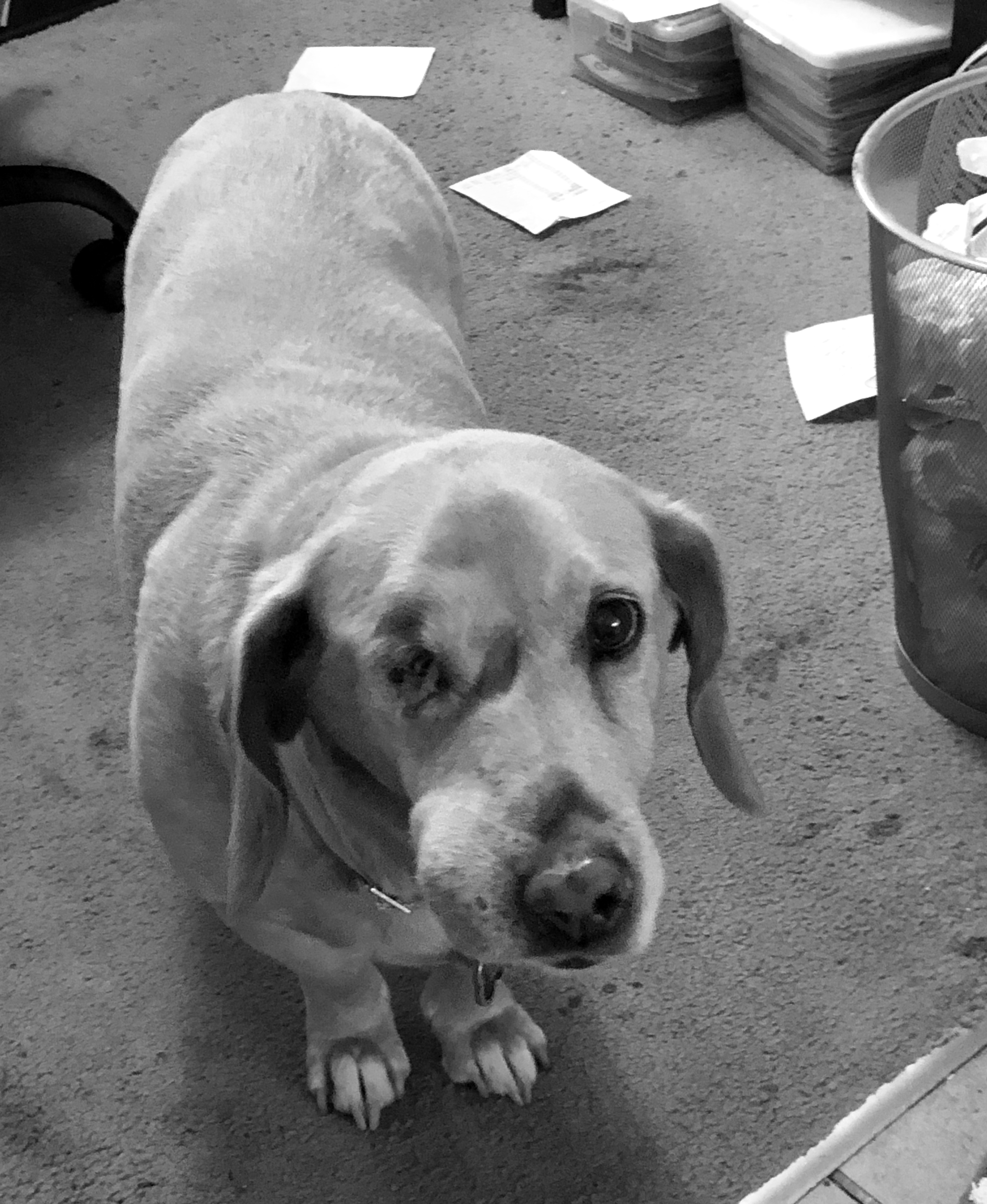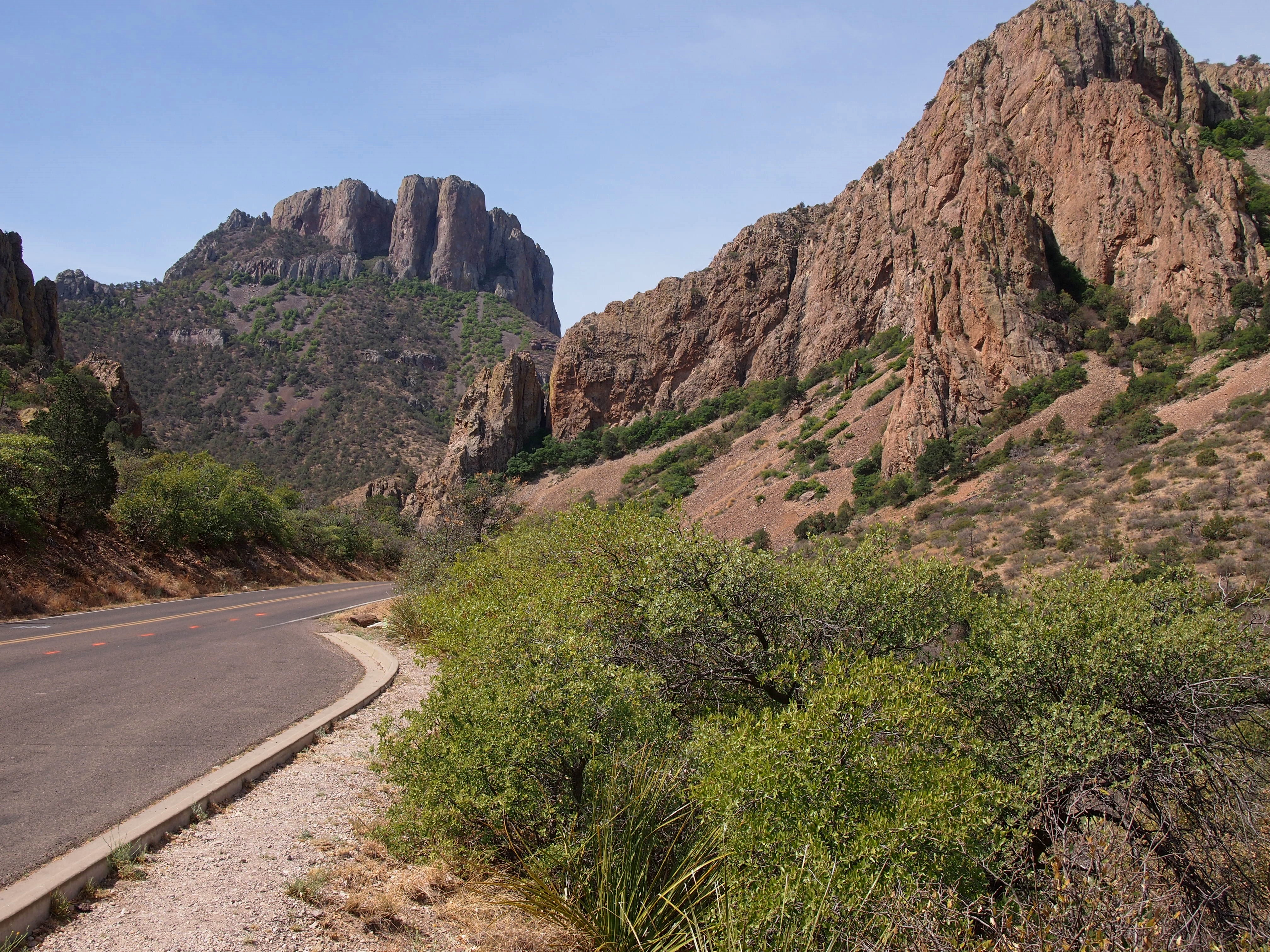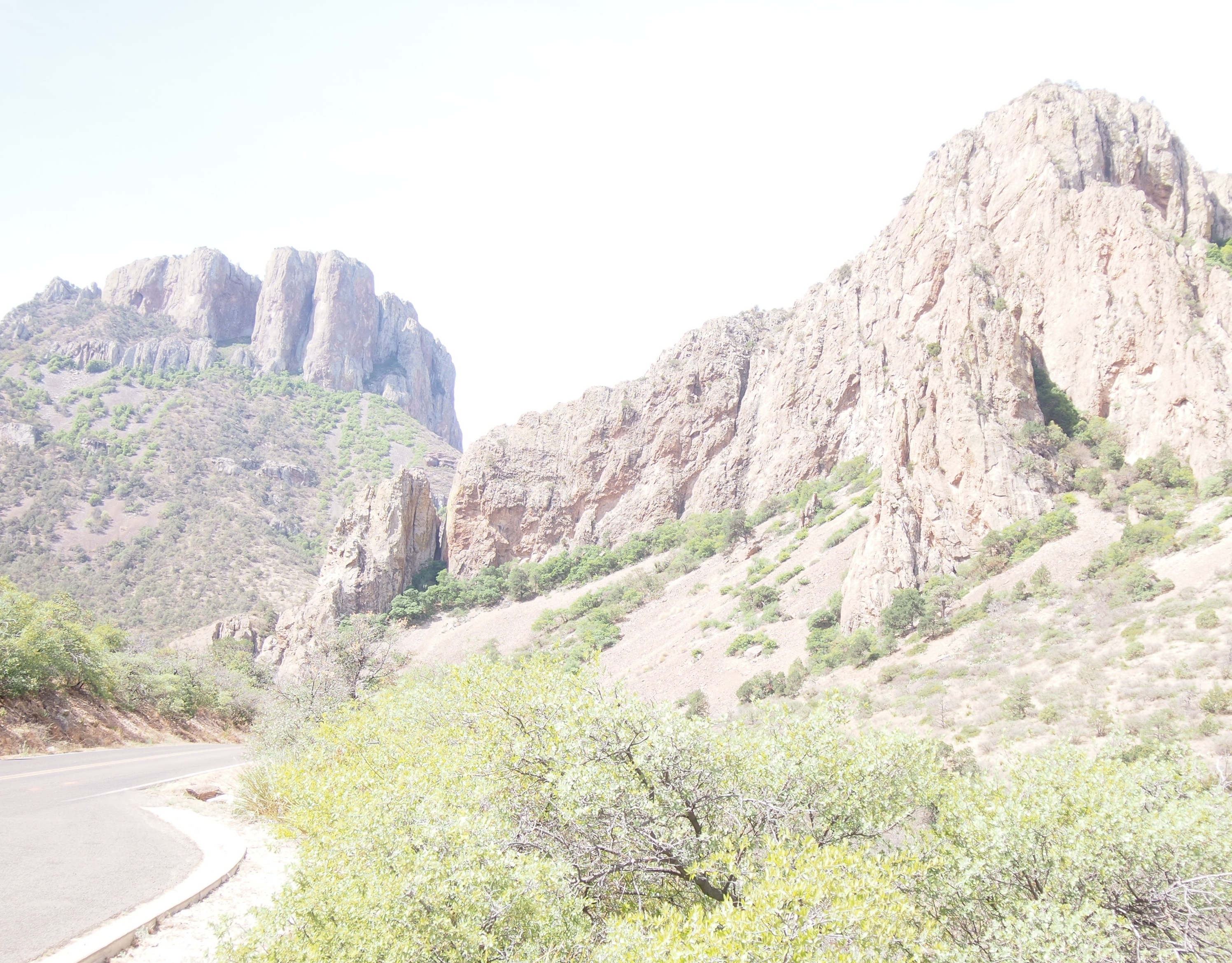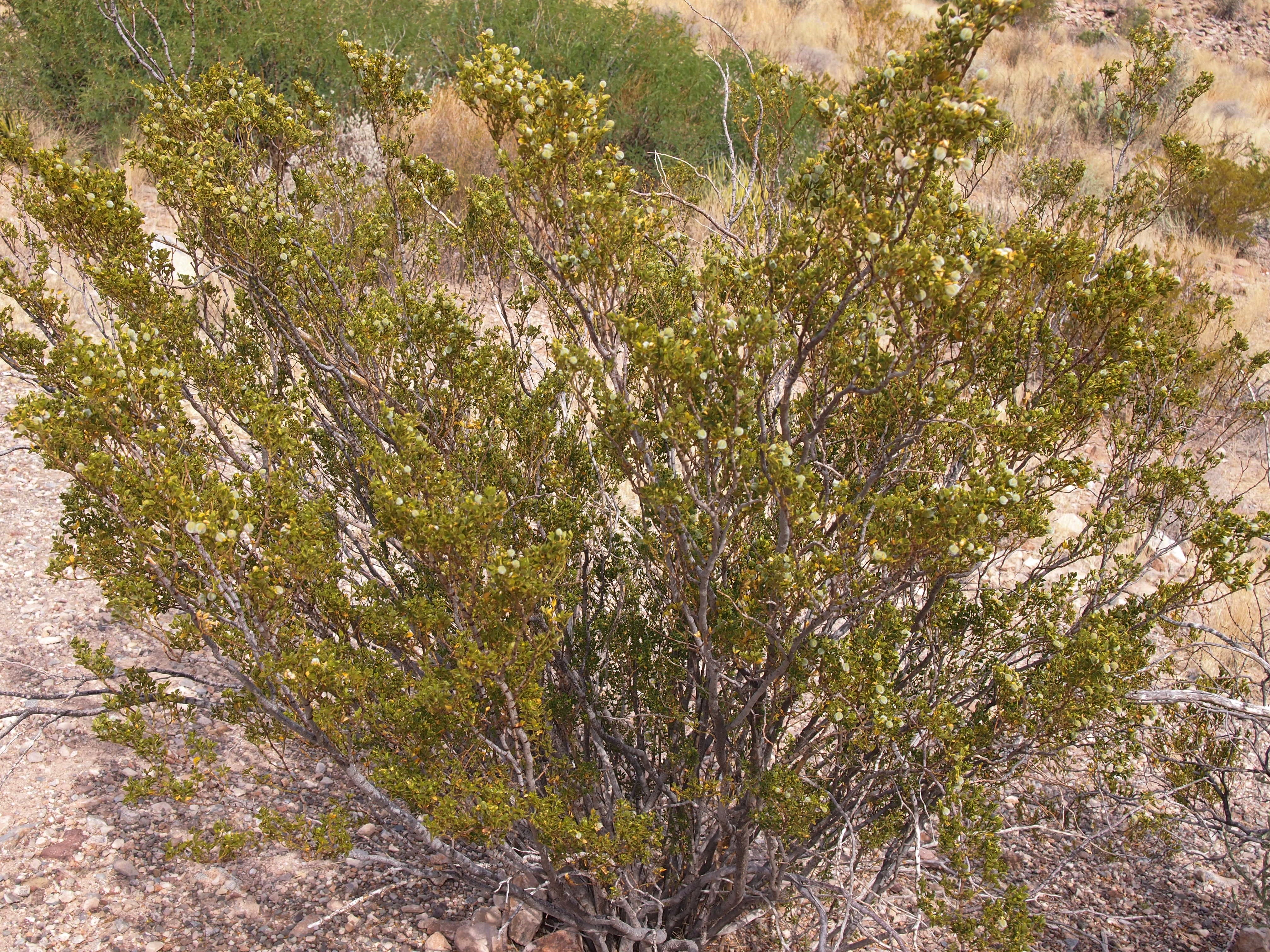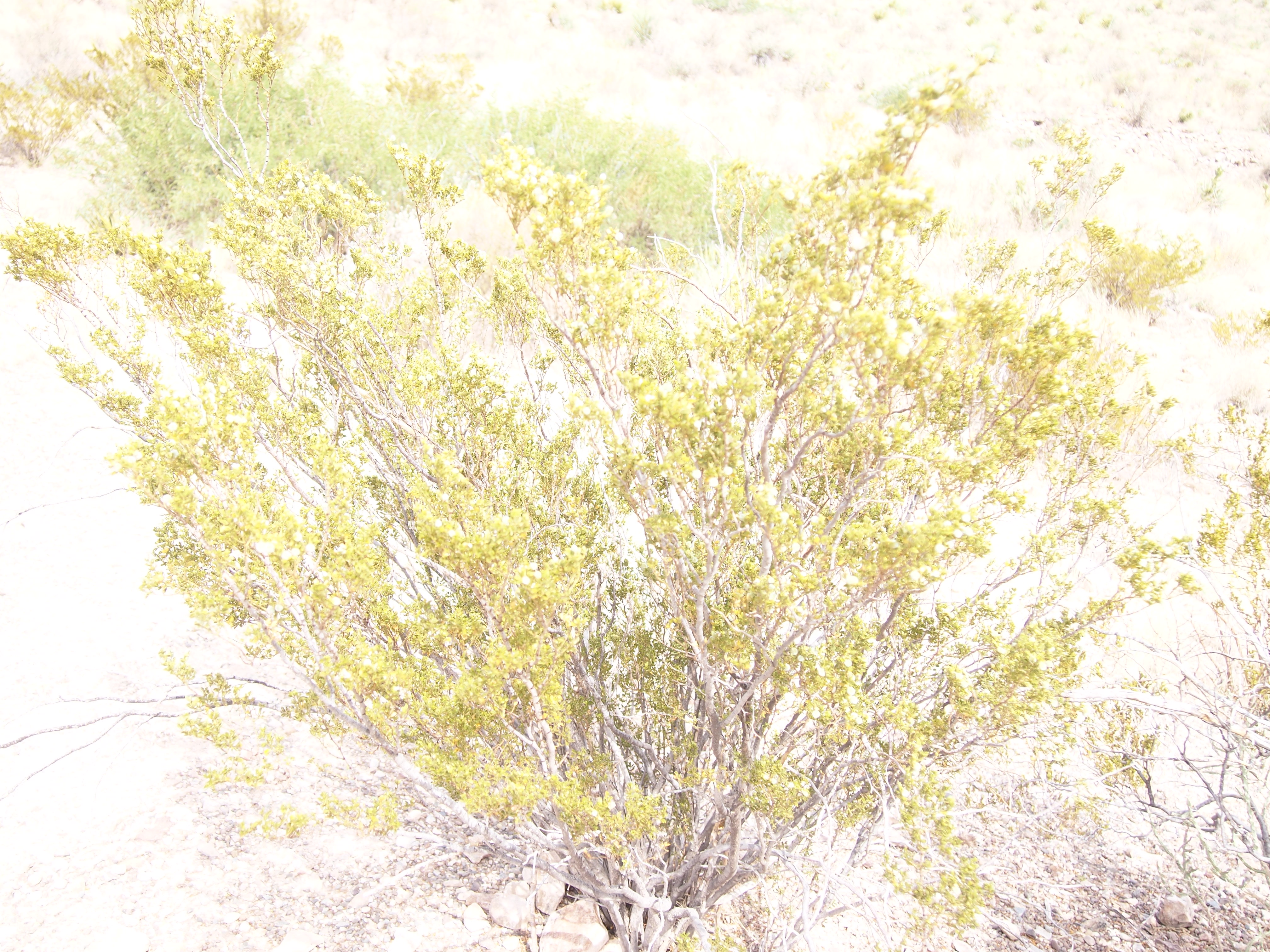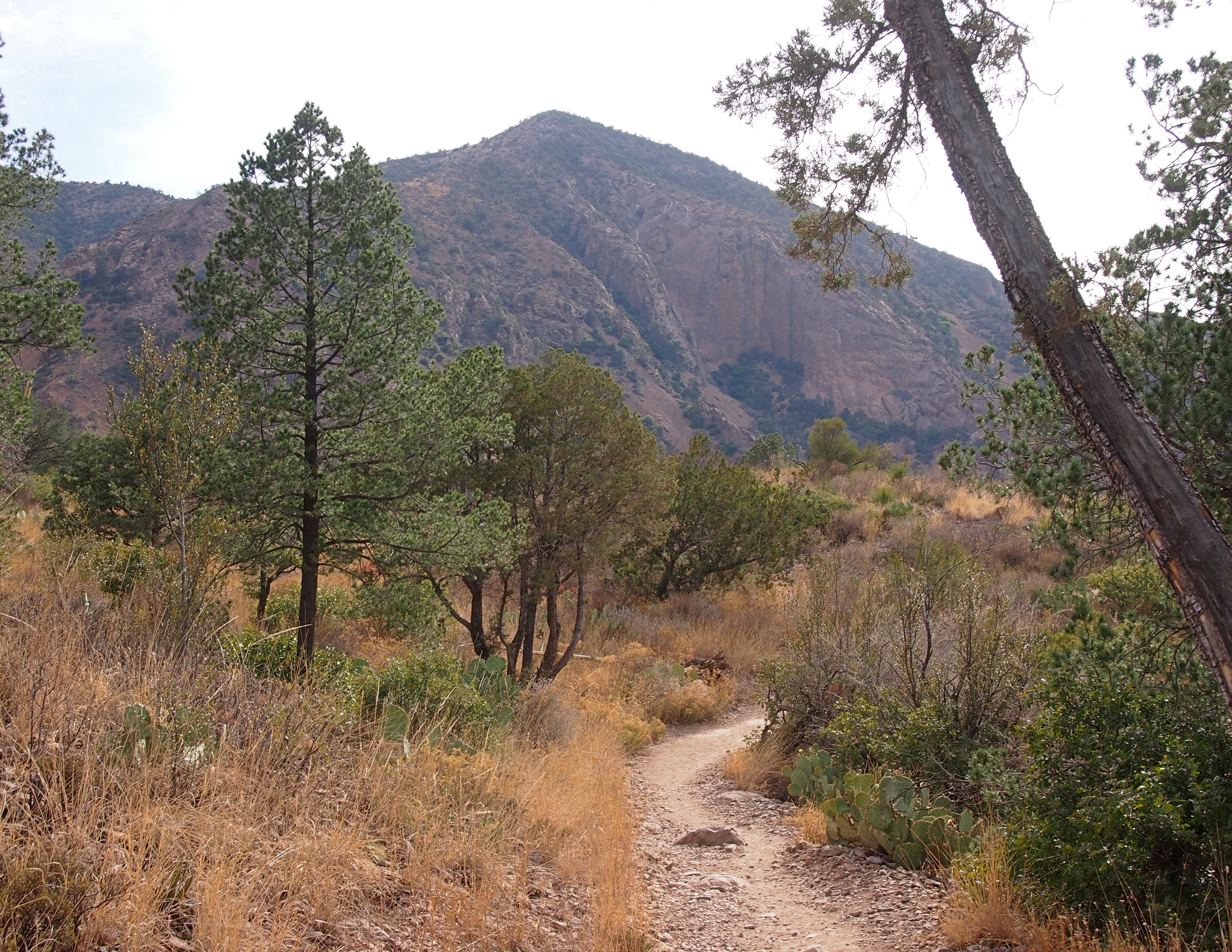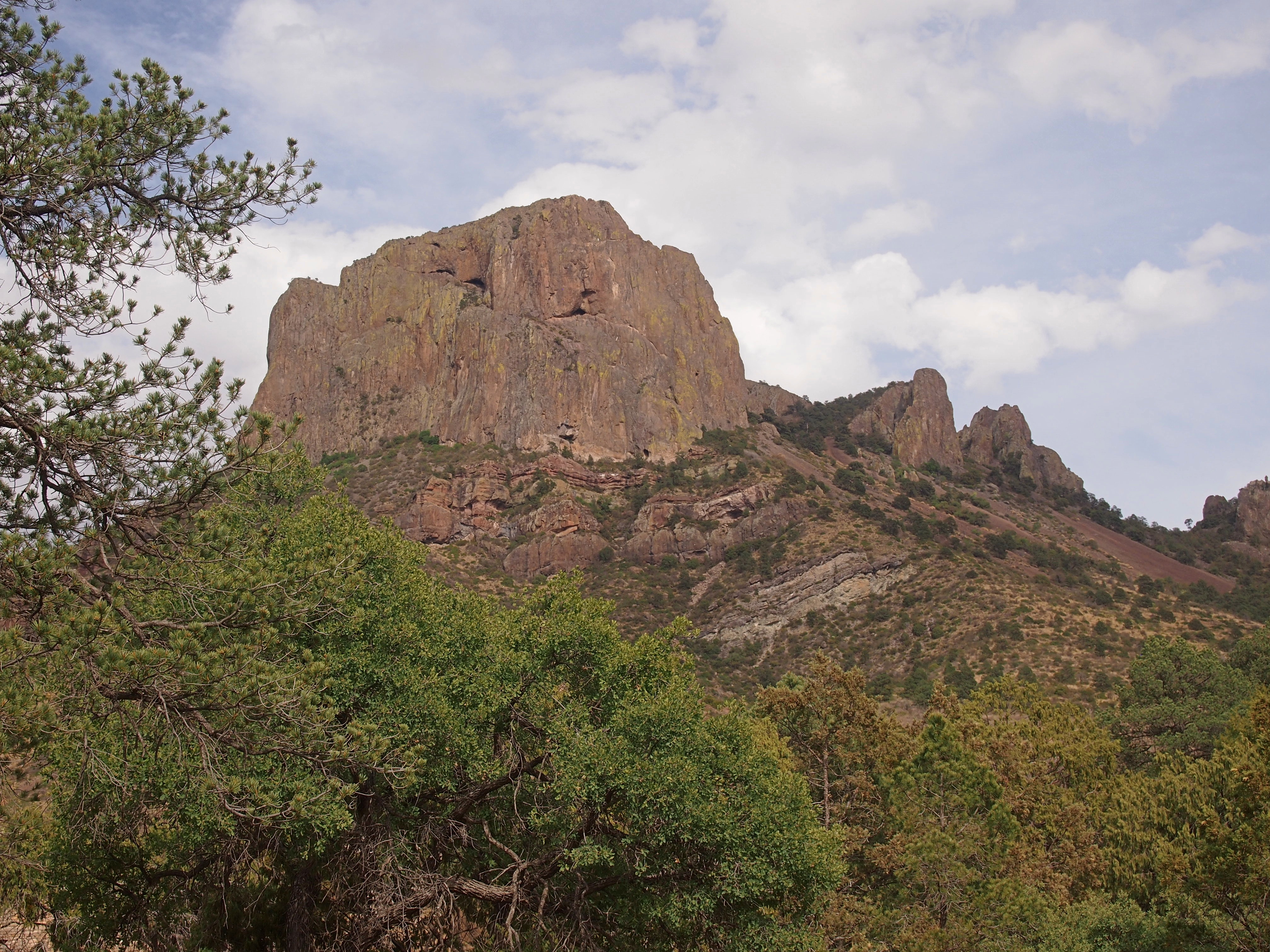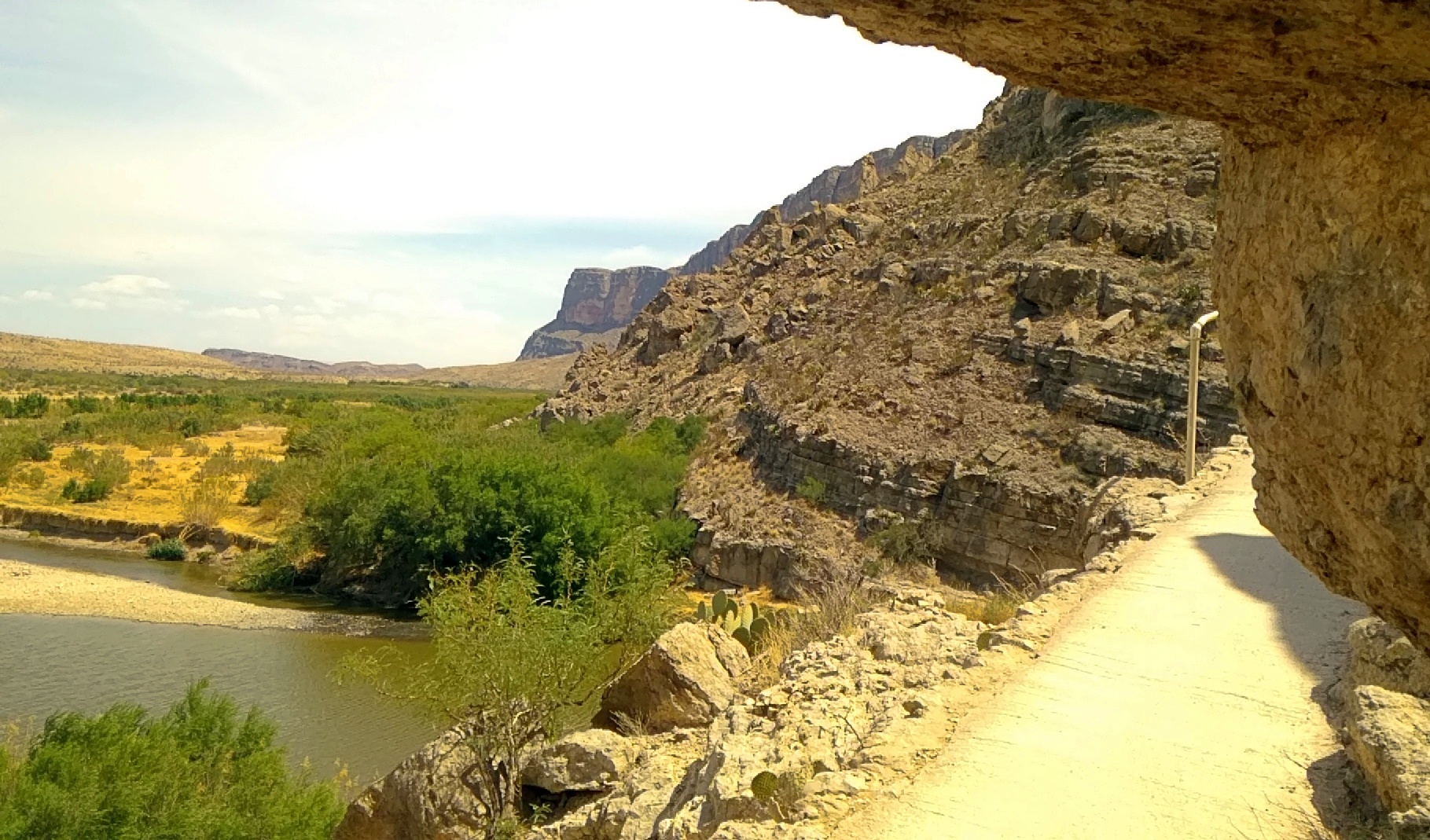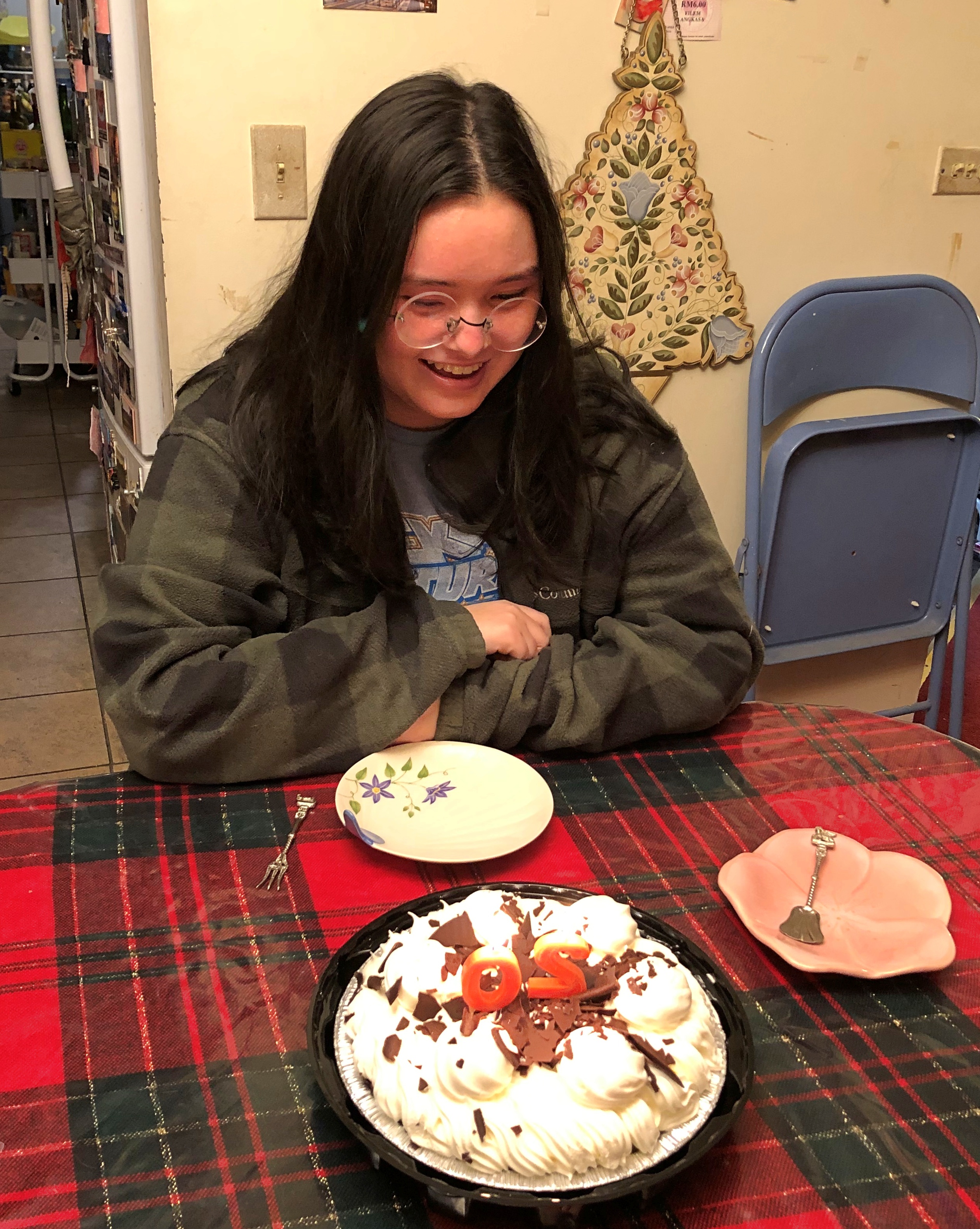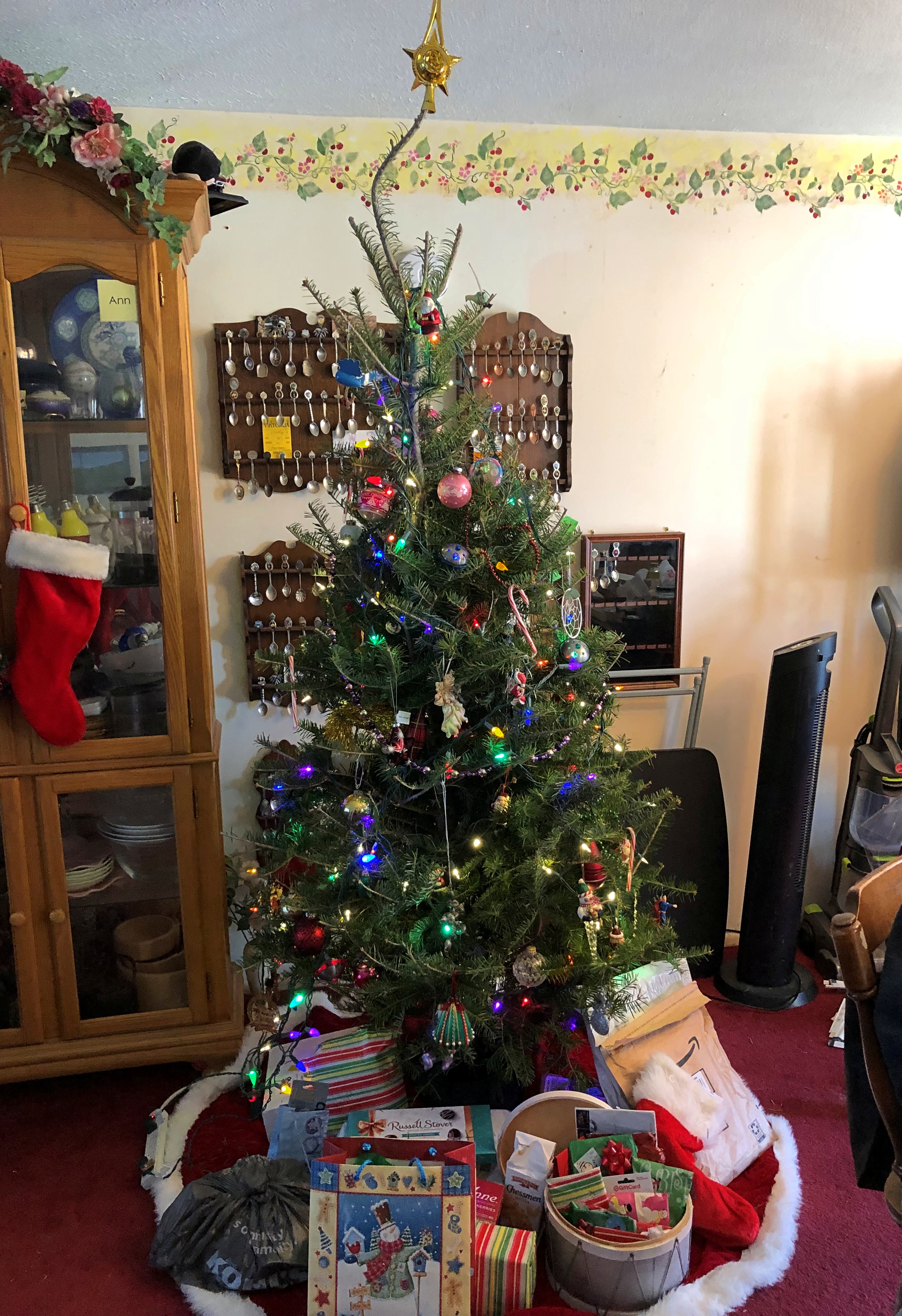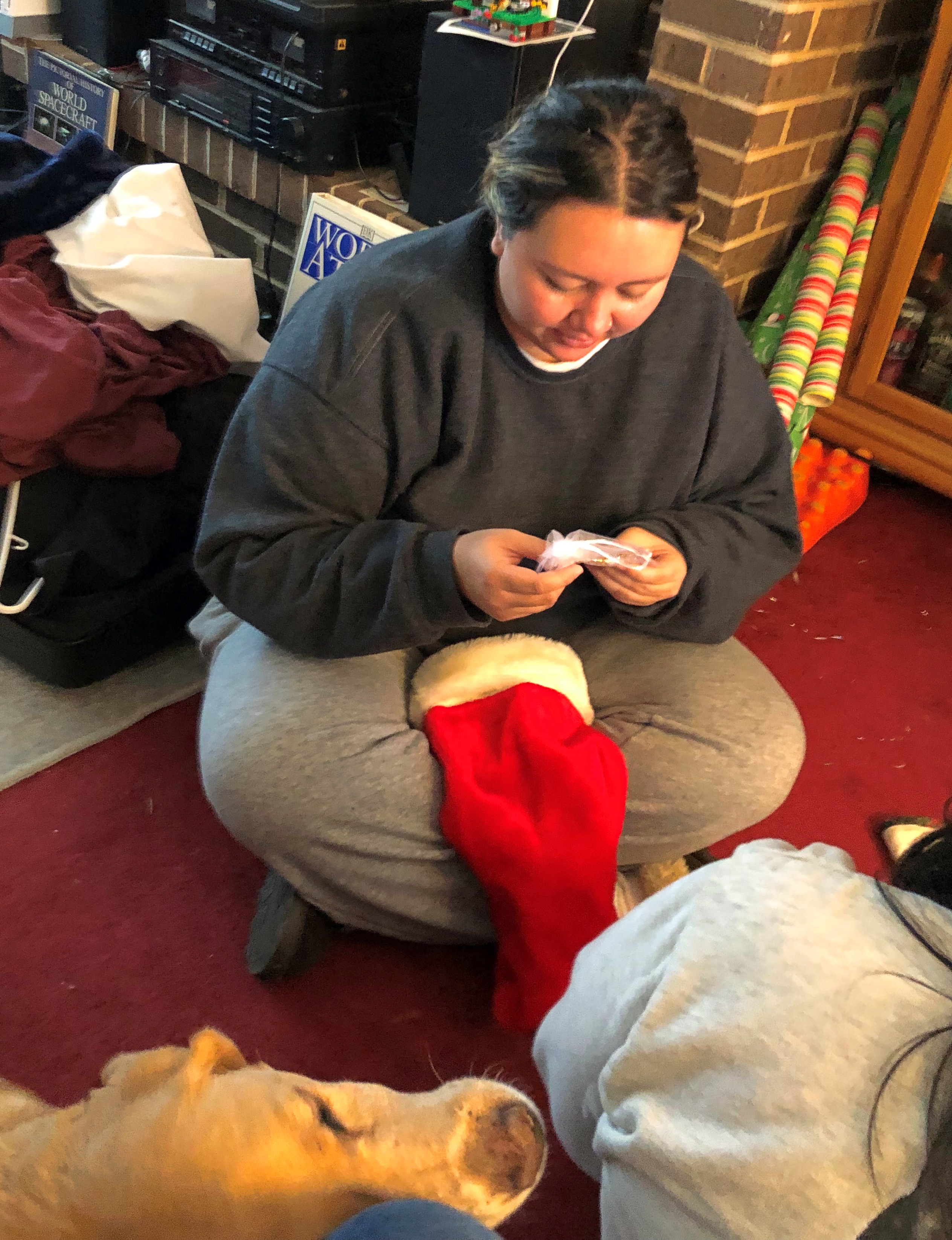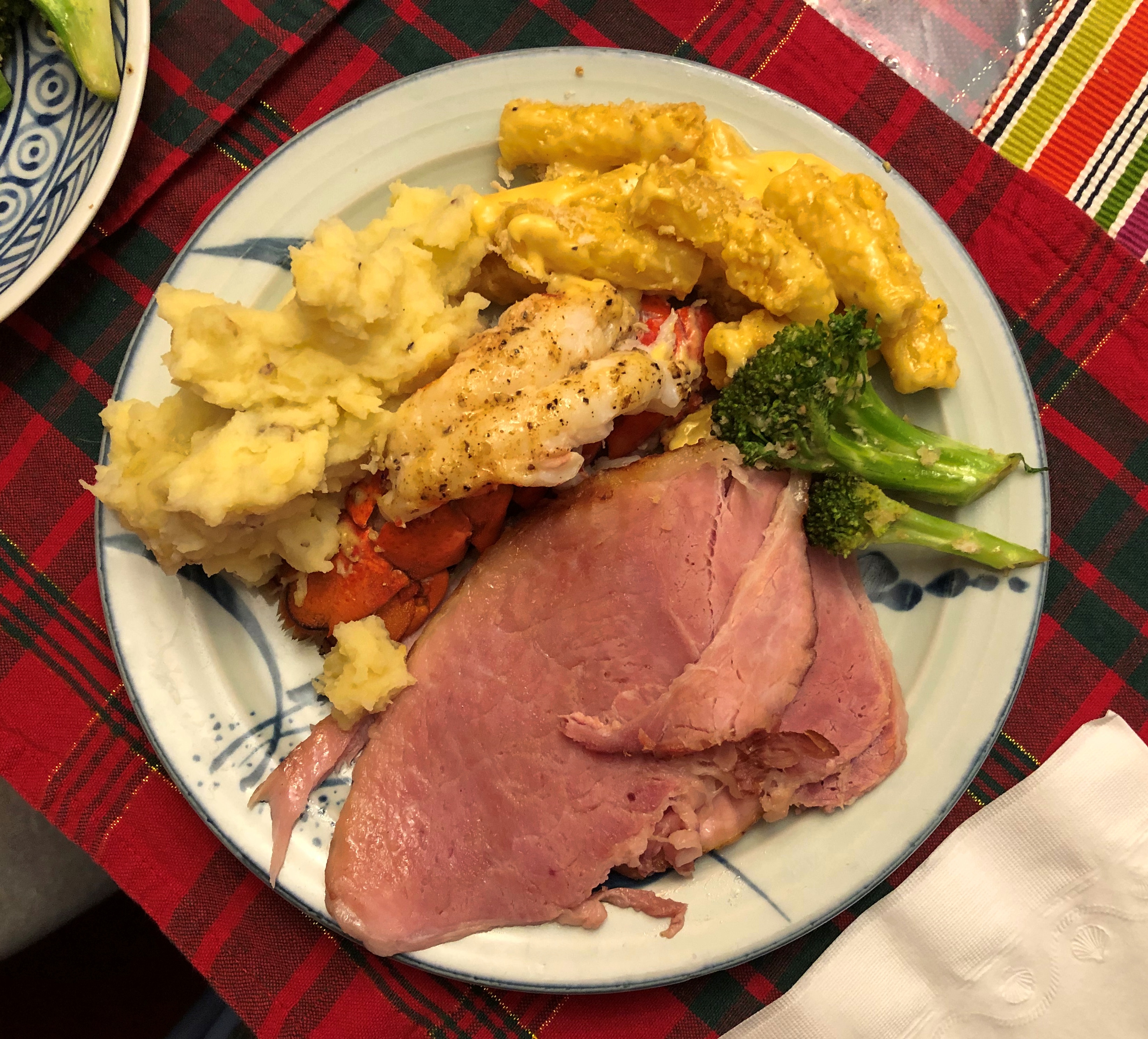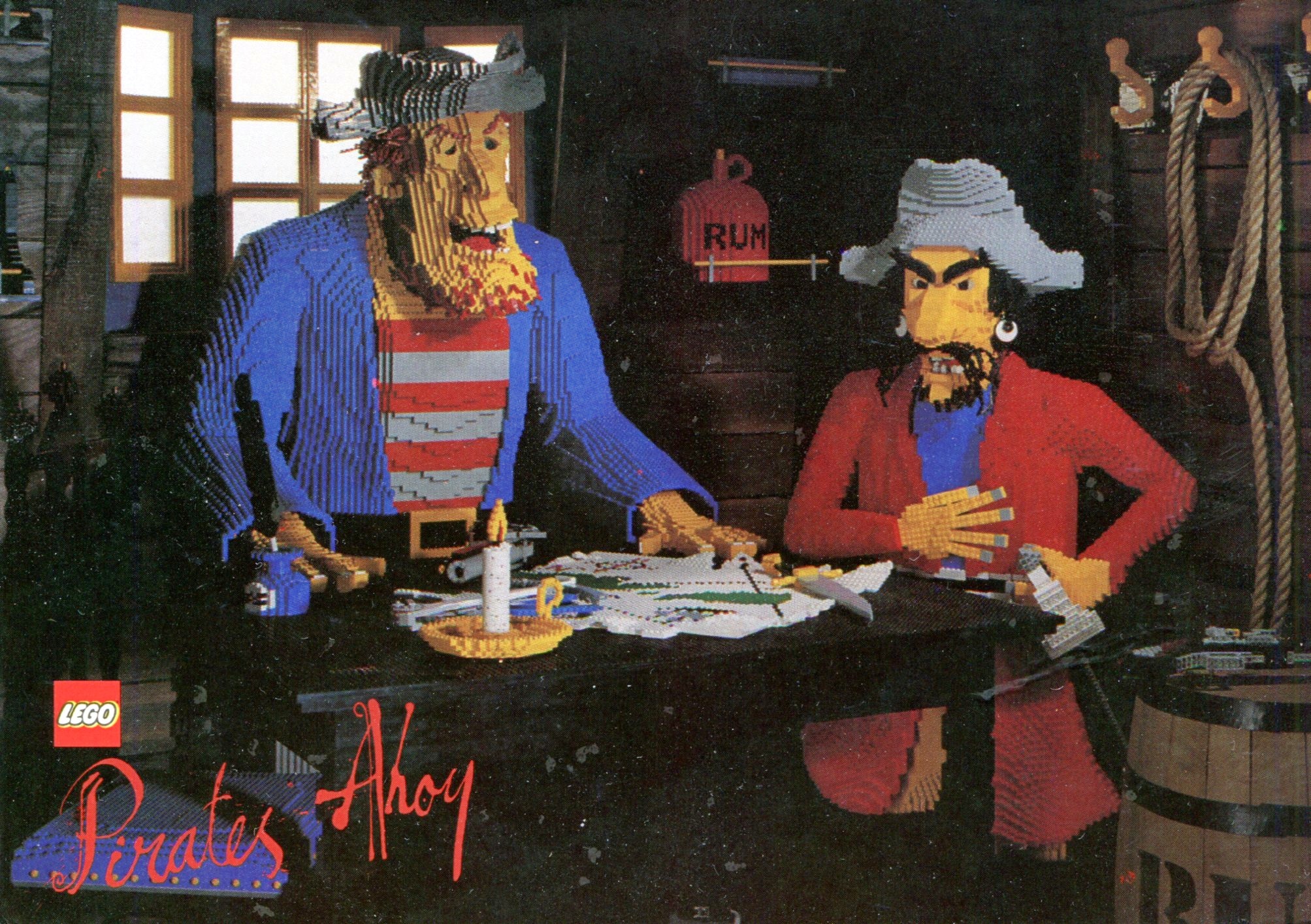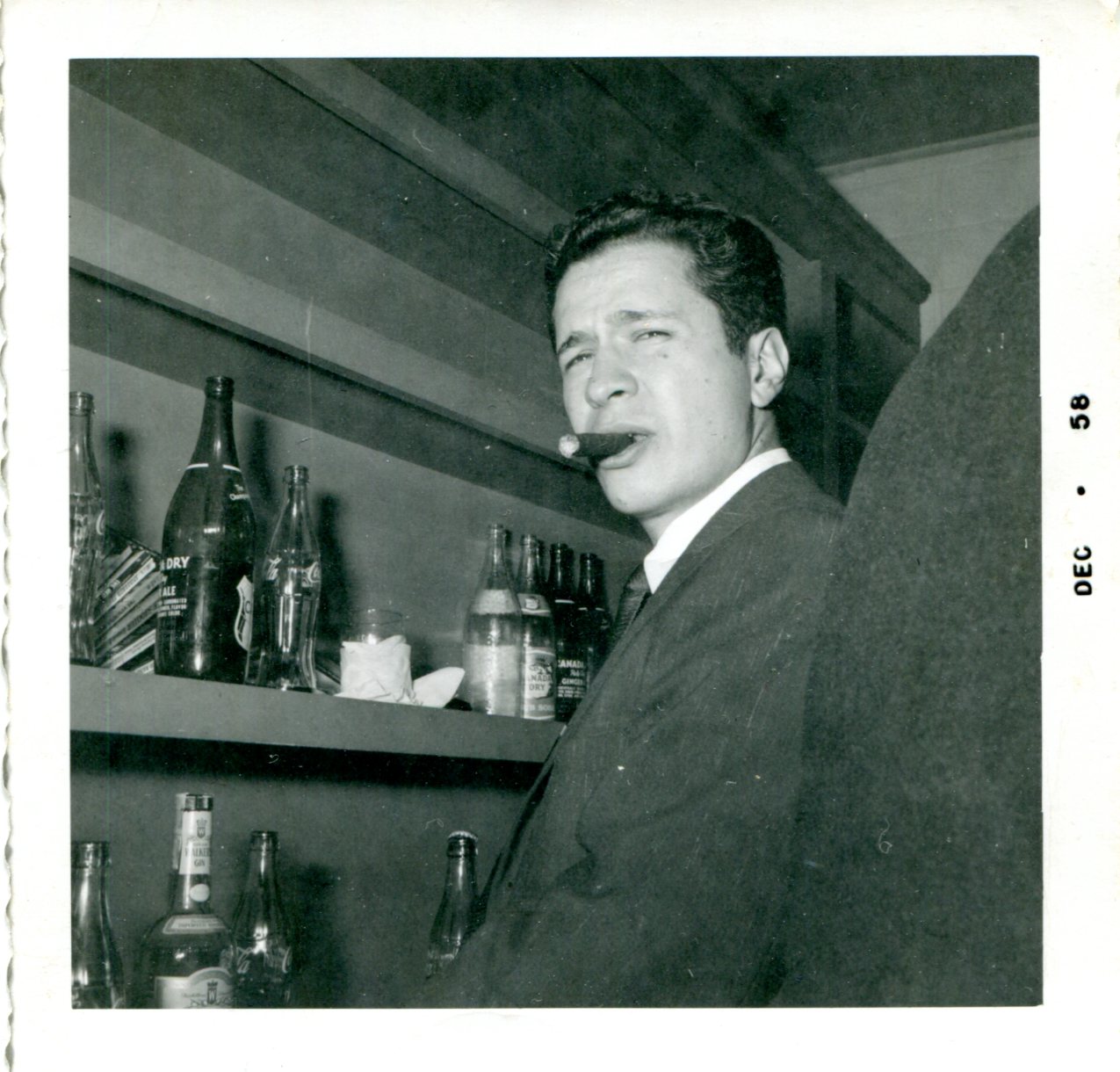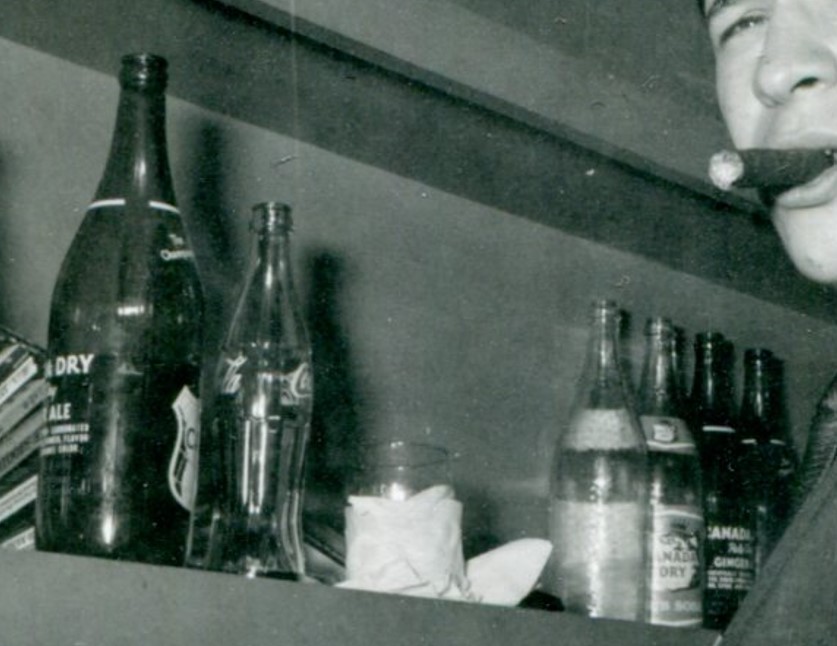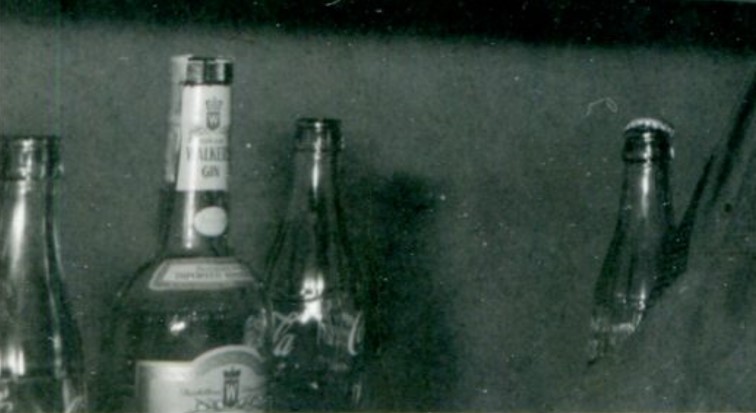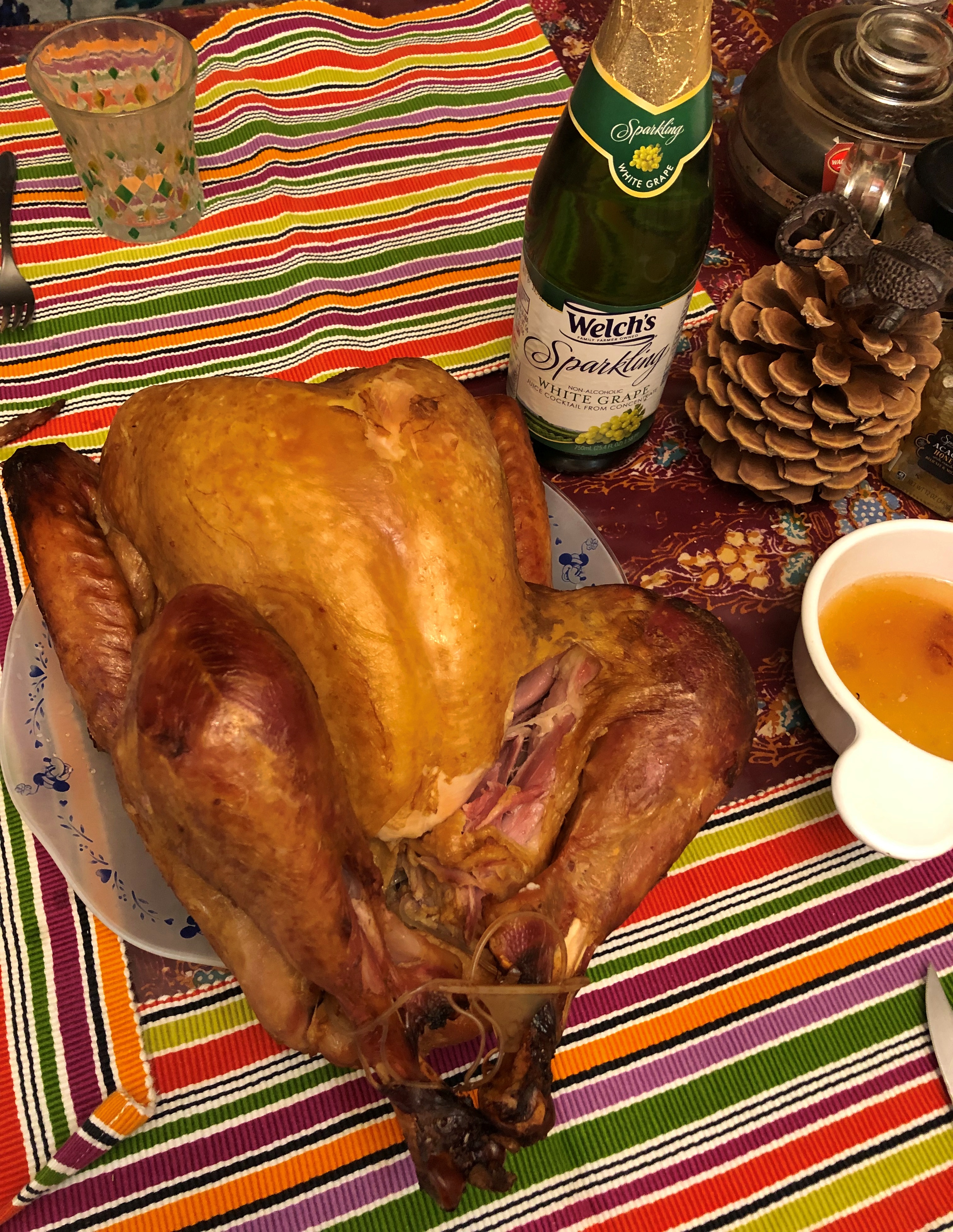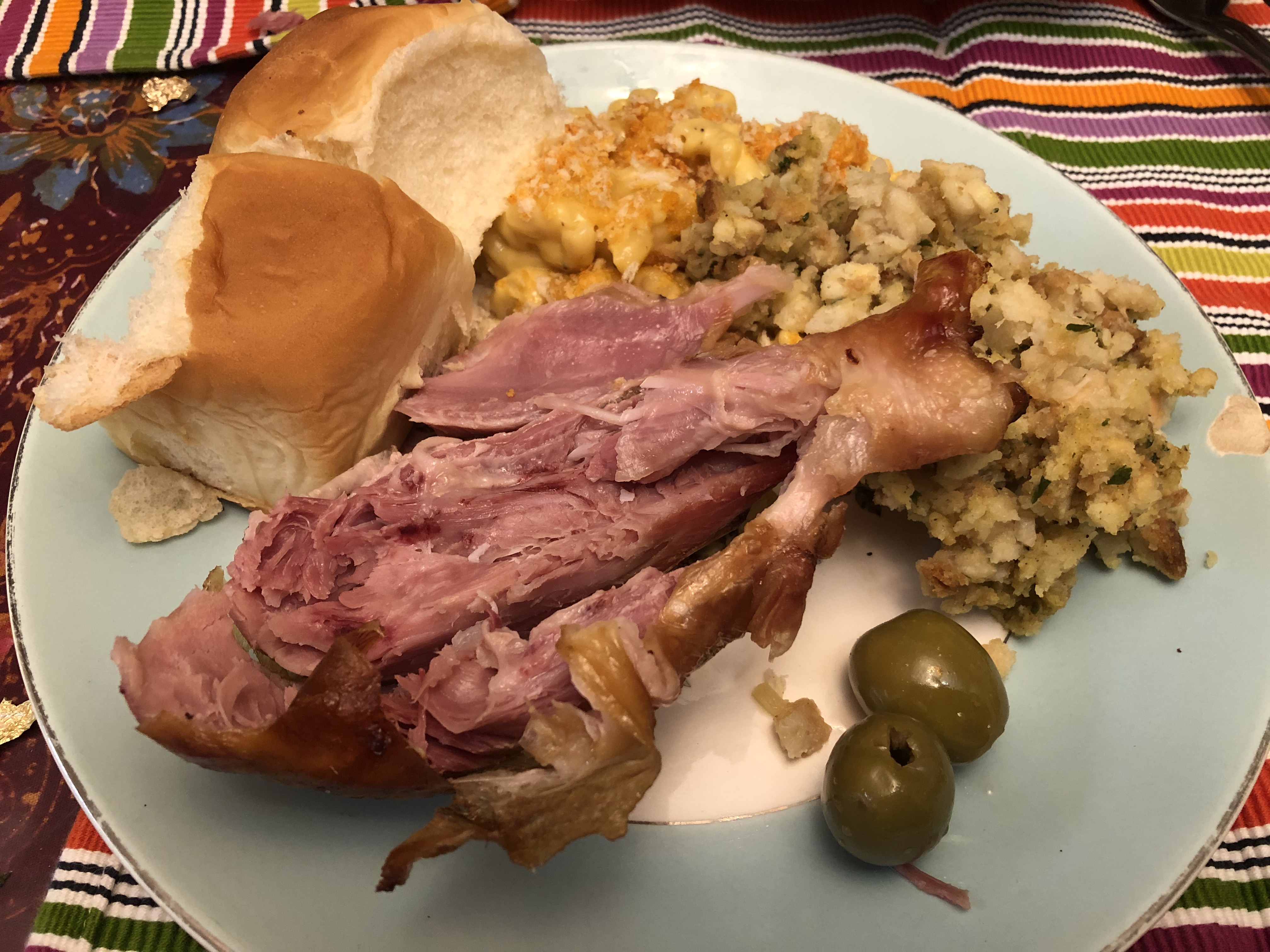On December 21, weather forecasters were all agog about an impending snowstorm affecting much of the nation. It’s their job, of course, to be agog at such times.
Still, it hadn’t happened yet, and I was glad we could drive without weather inference to the city that evening to attend a performance of the play Clue at the Mercury Theater. About as farcical as a farce can be, the play is based on the movie of that name, which I’ve never seen, itself inspired by the board game, which I never got around to playing. But I did see a high school version of the play, in which Ann had a part, only months before the pandemic. In the hands of a competent troupe, it’s a lot of laughs, and the Mercury Theater delivered the goods (and the high schoolers weren’t too shabby either).
As snowstorms go, December 22, 2022, wasn’t the strongest imaginable, at least here in northern Illinois. Instead of the eight or nine inches predicted, we got about four. Instead of the high winds predicted, we got almost no wind. Other parts of the country were slapped much harder, and it delayed air travel — more than any of us knew going into that day.
Both Lilly and Jim, from Seattle and from San Antonio, respectively, were scheduled to arrive the afternoon of the 22nd. As the afternoon unfolded, Lilly’s flight (on Alaska) was cancelled but she managed to get on a later flight, which was delayed repeatedly. Jim’s flight (on Southwest) was also delayed repeatedly, and eventually re-routed to Nashville instead (I think) of Dallas.
Well into the evening, their flights continued to be delayed, but not cancelled, without a specific landing time. Complicating matters was that Lilly’s flight was due into O’Hare, while Jim’s was scheduled for Midway. Eventually, Lilly’s flight left Seattle, so we had a definite arrival time for her, about 12:30 in the morning. Jim’s flight hadn’t left, but was also scheduled for around then. Someone would have to wait at the airport if that really happened.
Since Lilly’s time was more definite, we – Ann and I – headed for O’Hare at around 11:30. I was glad Ann came along, to help keep me alert on the cold but not entirely empty roads marked by occasional patches unplowed slush. The roads are never quite empty anyway. Back in January 2019, on the day it hit 24 degrees Fahrenheit below zero, I saw cars traveling on the major road barely visible from our back door.
When we left for O’Hare, the snow had mostly stopped, and temps were falling. That part of the forecasts was correct: near zero F. that morning.
Lilly arrived more-or-less at 12:30 a.m., December 23, at O’Hare. Jim’s flight was delayed again to an hour or so later, so that seemed to work in our favor. One thing that didn’t arrive with Lilly was her luggage, so she spent time filling out the paperwork involved. The bag showed up surprisingly early at our front door, around noon on the 23rd, or the same day.
We arrived well toward 2 a.m. at Midway, and — as Lilly and Ann waited in the idling car at the arrival lanes — I popped in for a look at the boards, since Jim wasn’t answering his phone, and searching for that info using a phone is a pain in the ass for this old man.
I’d say that Midway’s baggage claim area bustled with people that morning, but mostly it was a slow-motion bustle, with people sitting where they could, standing where they could not sit, and mostly waiting either for bags or in the hope of a flight somewhere.
Whenever there are major weather delays, TV news always shows the mass cancellations on the boards at airports. Row after row of CANCELLED next to flight numbers. That’s what I saw. I was too tired to take in much detail, but most of the affected flights were Southwest, since it is the major carrier at Midway. Jim’s flight wasn’t among the duds, but it did have a new arrival time: just short of 3:30 a.m.
Not enough time to drive home and back. Too much time to idle around the airport arrival lane. A 24-hour McDonald’s, not too many blocks south of the airport, provided a wee-hour meal, and its parking lot a place to eat it and otherwise wait. Only the drive-through was open at that moment. Visible within the window, bright lights and a collection of young, grim faces. Who can blame them?
Jim arrived, his bags not delayed, and we made it home by about 5. Seldom have I been so glad to start some time off and have a pleasant few days in a row, beginning when I got up around 11. Compared with stranded travelers, or the storm victims in Buffalo and elsewhere, our experience was only annoying, not traumatic.
Even so, when you participate in a national event, the urge is to put down some details. By Christmas, the nation was wondering, What’s up, Southwest? The storm is over. We were wondering too, since Southwest’s recovery, or failure to do so, would affect our plans.
After some fretting because the same Alaska flight as hers was canceled the day before (Christmas Day), Lilly made it home only a few hours delayed on Boxing Day.
The next day, the 27th, Jim’s flights seemed to be on the schedule, so we left for Midway after breakfast. The online check in system at Southwest didn’t work, however, which made me a little suspicious. My instincts were right. At the airport, we found that his flight was canceled.
Partly canceled. The Chicago-Dallas leg was fine. It was Dallas-San Antonio that had vanished into the scheduling ether. So Jim flew to Dallas, stayed with our brother Jay until the next day, when he caught a bus to Austin. From there, my nephew Dees gave him a ride to San Antonio. There it took him a while to find his car in the airport parking facilities (they must be larger than I remember).
All that represented some aggravating moments at airports. But surely we’d be able to forget it in Tucson and environs, where Yuriko and I planned to travel from the December 28 to January 1. We’d booked a package earlier, when it was clear we’d have the week between Christmas and New Year’s off. A package we’d arranged with Southwest.
So no. The Southwest FUBAR dragged on well beyond the foul weather, as everyone nationwide soon found out. For us, both legs to Tucson, Chicago-Denver and Denver-Tucson, were canceled. After spending time fruitlessly on the 27th with what I now think was a Southwest chatbot — but not billed as such — I did speak with a human being that afternoon, who look me through the steps in cancelling the air tickets, accommodations and rental car.
All that’s in the process of a refund, I understand. And, as I said, we got off fairly easy. But I can’t help feeling Southwest owes me, and the rest of the affected traveling public, more than a mere refund.
